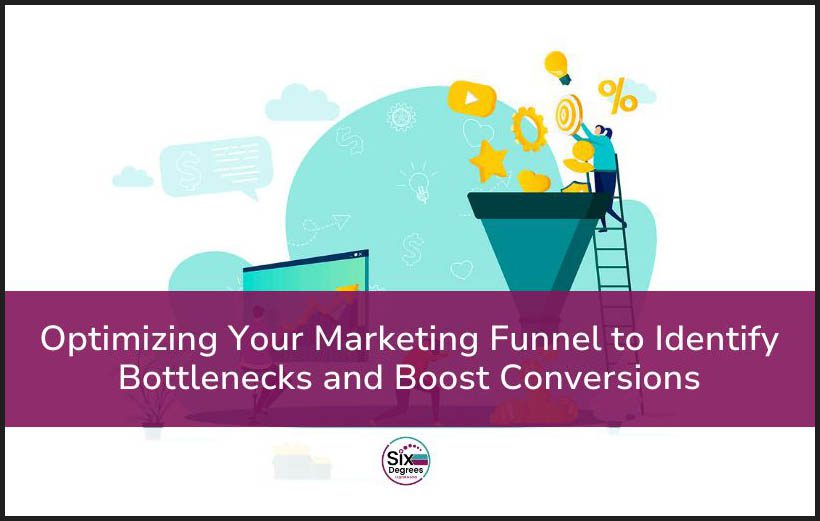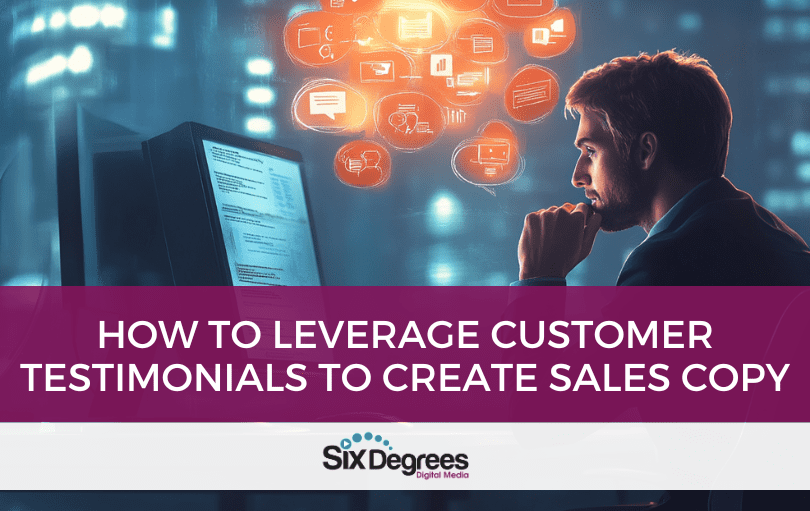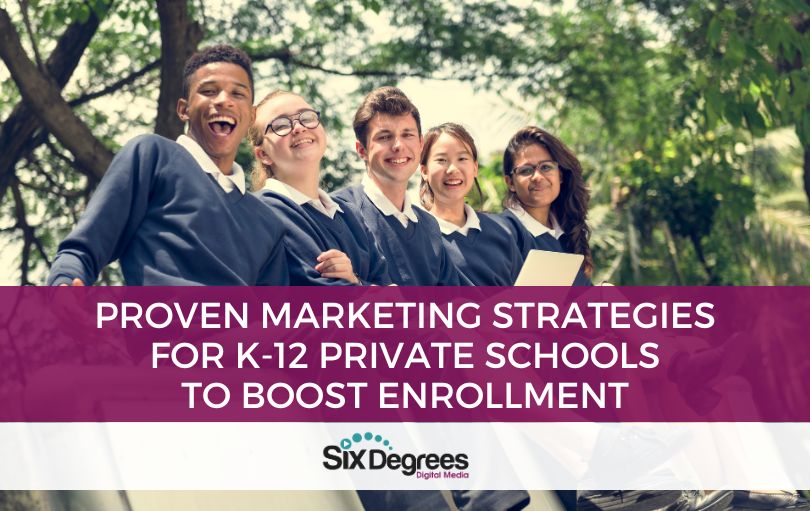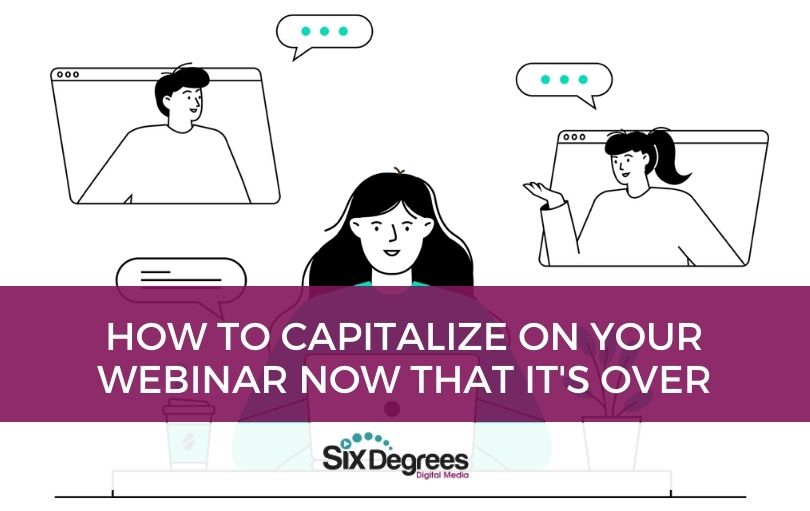The Importance of a Smooth Marketing Funnel
Picture this: someone discovers your brand, feels a spark of interest, and begins the journey toward becoming a loyal customer. But imagine if every step along that path wasn’t quite right—a clunky process, an unclear message, or even a missing step that leaves them unsure about what to do next. Instead of guiding them smoothly to conversion, you risk losing their interest to a simpler, more engaging experience elsewhere.
A well-optimized marketing funnel does more than move people along. It makes every interaction feel intuitive, guiding potential customers from curiosity to commitment without friction. When each stage of your funnel flows seamlessly, conversions become natural, and your audience feels valued rather than frustrated.
Even the smallest of bottlenecks can make all the difference in this journey. Identifying and refining these sticking points can unlock the full potential of your marketing efforts, creating a funnel that does more than drive conversions—it builds lasting relationships.
Let’s explore the strategies for identifying those bottlenecks, smoothing out the journey, and setting up a marketing funnel that not only works but works brilliantly.
Common Bottlenecks in the Marketing Funnel
Awareness Stage Bottlenecks
One of the most frequent hurdles in the awareness stage is low brand visibility. When your target audience doesn’t know you exist, it’s impossible to attract potential customers to the funnel. Another common issue here is inadequate content outreach—if content isn’t distributed across the right channels, you’re missing out on prime opportunities to be seen by those who could benefit from what you offer. The goal in this stage is to ensure your content reaches the right people and sparks initial interest.
Consideration Stage Bottlenecks
Once potential customers know about you, the next challenge is giving them a clear reason to stay engaged. Here, a weak or unclear value proposition can easily stall momentum. If your messaging doesn’t convey why you’re the best solution, prospects may simply move on. In addition, an underdeveloped nurturing sequence can leave leads feeling unsure about their next step, causing them to lose interest or seek alternatives. This stage demands clarity and a thoughtful sequence of touchpoints to keep leads intrigued.
Decision Stage Bottlenecks
When prospects are close to converting, it’s vital to minimize any final obstacles. A complex checkout process can discourage even the most interested buyers, while weak calls-to-action can leave them uncertain about taking the next step. Additionally, a lack of urgency can cause potential customers to postpone decisions, risking the loss of momentum. At this stage, simplicity and a clear, compelling push toward action make all the difference.
How Bottlenecks Affect Conversions and Revenue
Bottlenecks in the marketing funnel do more than slow down progress—they’re like roadblocks, costing conversions and reducing revenue. Think of each bottleneck as an opportunity slipping through your fingers: a potential customer that didn’t make it past “go.” At the awareness stage, limited visibility means fewer people even enter the funnel. During the consideration stage, an unclear value proposition or lackluster follow-up may leave interested leads questioning whether you’re the right choice, leading many to quietly slip away.
When transitions between each stage feel effortless, customers are naturally inclined to move forward, and your ROI reflects that. But when these stages have friction, customers lose momentum, conversions dip, and marketing spend doesn’t achieve its full potential. A smooth funnel not only leads to immediate conversions but also creates an experience that brings customers back for more, building trust and establishing loyalty.
The long-term impact of persistent bottlenecks is no less significant. When customers repeatedly encounter frustrations, they’re less likely to return, impacting their lifetime value and ultimately shrinking the revenue growth your brand could achieve. After all, loyal customers are more than repeat buyers—they’re your best advocates, creating word-of-mouth marketing that is invaluable.
Strategies to Identify Funnel Bottlenecks
When it comes to pinpointing bottlenecks in your funnel, data alone isn’t enough—you need real insight into what your audience experiences along their journey. Here’s a breakdown of some powerful strategies to uncover areas for improvement.
Let Analytics Show You the Red Flags
Tools like Google Analytics are your best allies for spotting trouble spots. High-exit pages? They’re basically saying, “I’ve seen enough,” and it’s up to you to find out why. Heatmaps can also give you a behind-the-scenes view of what’s capturing interest or getting skipped over. These indicators act like a roadmap, showing you exactly where adjustments might keep your audience engaged.
Customer Feedback: Your Secret Weapon
Nothing beats hearing from real people who’ve walked through your funnel. Surveys and reviews offer candid feedback on what might be slowing them down—or worse, sending them off. Ask questions about ease of use, clarity, and any frustrations they’ve experienced. Their responses will highlight pain points that data alone can’t fully capture, often providing a clearer direction for your adjustments.
A/B Testing for Targeted Improvements
Sometimes, the difference between an effective funnel and a leaky one comes down to a few small tweaks. A/B testing allows you to experiment with different elements—think CTAs, layouts, and even subject lines in emails—to see what resonates best. These small experiments reveal what your audience prefers and give you confidence in making those changes across the board.
Track Key Metrics for Each Funnel Stage
Your funnel is only as strong as its weakest link, so keeping tabs on stage-specific metrics is essential. Monitor click-through rates, bounce rates, and conversion rates at each funnel stage. For instance, if your email click-through rate seems off, consider reworking your subject lines or offer positioning. By watching these metrics, you get an instant snapshot of where you’re engaging your audience and where you’re losing them.
Strategies for Optimizing Each Stage of the Funnel
Every stage in the funnel has its own rhythm, so let’s look at how to keep the momentum rolling—from sparking awareness to building lasting loyalty.
Awareness Stage: Getting Noticed in a Crowded Digital Space
At the top of the funnel, it’s all about visibility. Think of targeted ads, optimized SEO content, and strategic social media as your loudspeaker. These tactics make sure your message pops up right where your audience is hanging out, grabbing attention and sparking curiosity. This stage is your chance to make a lasting impression that lingers.
Consideration Stage: Sparking Real Interest
Once they’re aware of you, it’s time to build trust and show value. Lead magnets—like guides, checklists, or trials—work wonders by providing something tangible in exchange for a little contact info. Then, nurture that budding relationship with personalized email sequences. Add social proof into the mix—testimonials, reviews, or case studies—to reassure them that others have had a great experience and so will they.
Decision Stage: Making It Easy to Say “Yes”
Now, they’re teetering on the edge of commitment. At this point, clarity is king. Clear CTAs, a simple checkout process, and a hint of urgency (think limited-time offers) help smooth the path. Each interaction should feel straightforward and rewarding, leaving no room for hesitation. Make their choice to say “yes” the easiest one they’ll make all day.
Post-Purchase Stage: Building Loyalty Beyond the First Sale
Just because they’ve converted doesn’t mean the journey’s over. Follow up to make sure they’re satisfied, offer loyalty perks, and provide personalized recommendations that show you’re paying attention to their needs. This ongoing connection isn’t just about another sale; it’s about making them feel like a valued part of the brand.
Time Take Control of Your Marketing Funnel
A finely-tuned marketing funnel isn’t just about pushing potential customers from one stage to the next; it’s about creating an experience that builds trust, removes obstacles, and converts interest into action. By identifying and addressing any bottlenecks along the way, you’re setting up a path that’s as seamless and satisfying as possible—for both you and your customers.
Taking time to regularly assess, tweak, and measure the performance of each funnel stage will ensure you’re consistently aligning with your growth and revenue goals. Remember, even small adjustments can lead to meaningful improvements in conversions and customer loyalty.
If you’re ready to optimize your funnel with expert insights and practical strategies, consider working with Six Degrees Digital Media to create a custom plan that meets your unique needs and boosts results. Book a free strategy call today.





